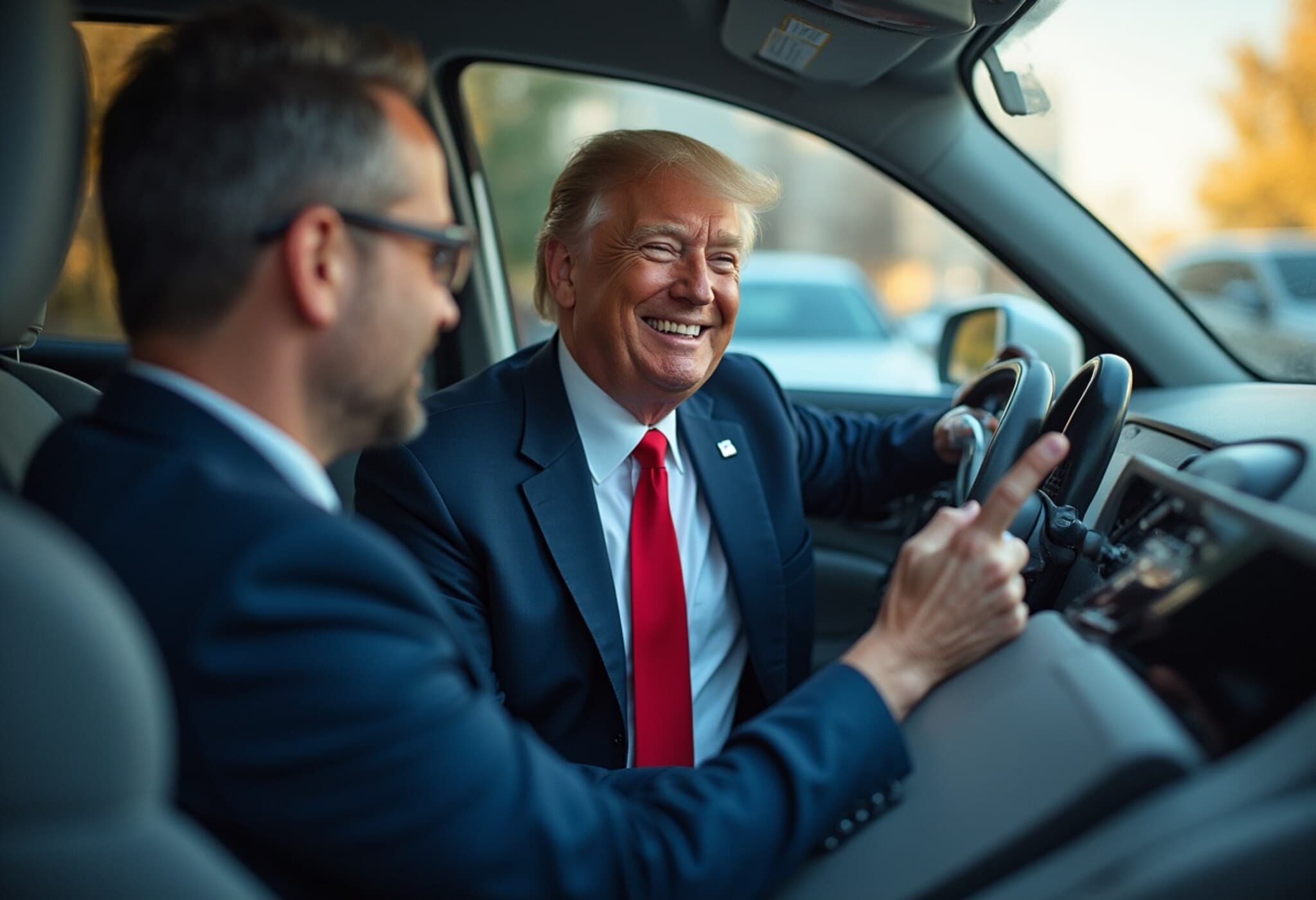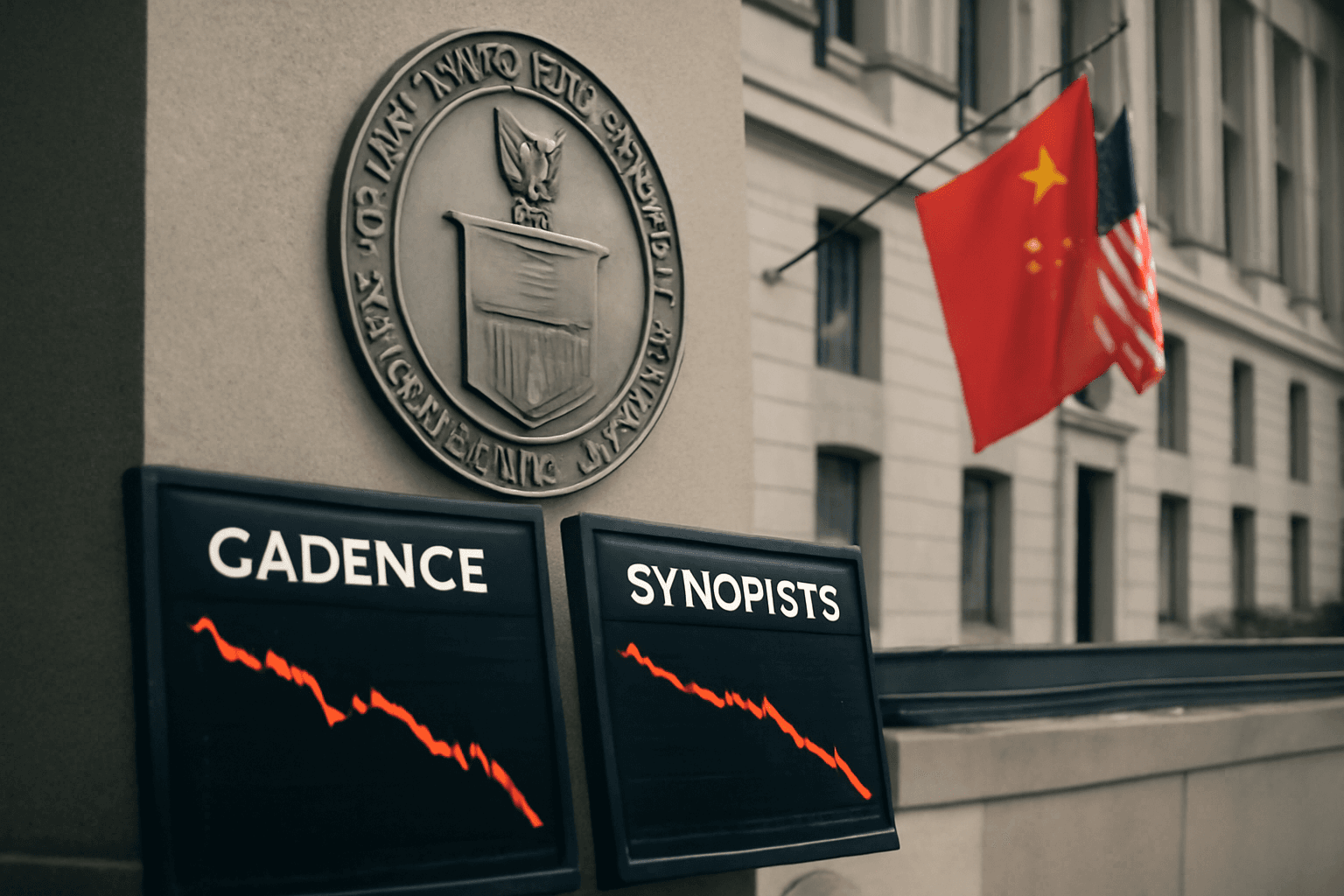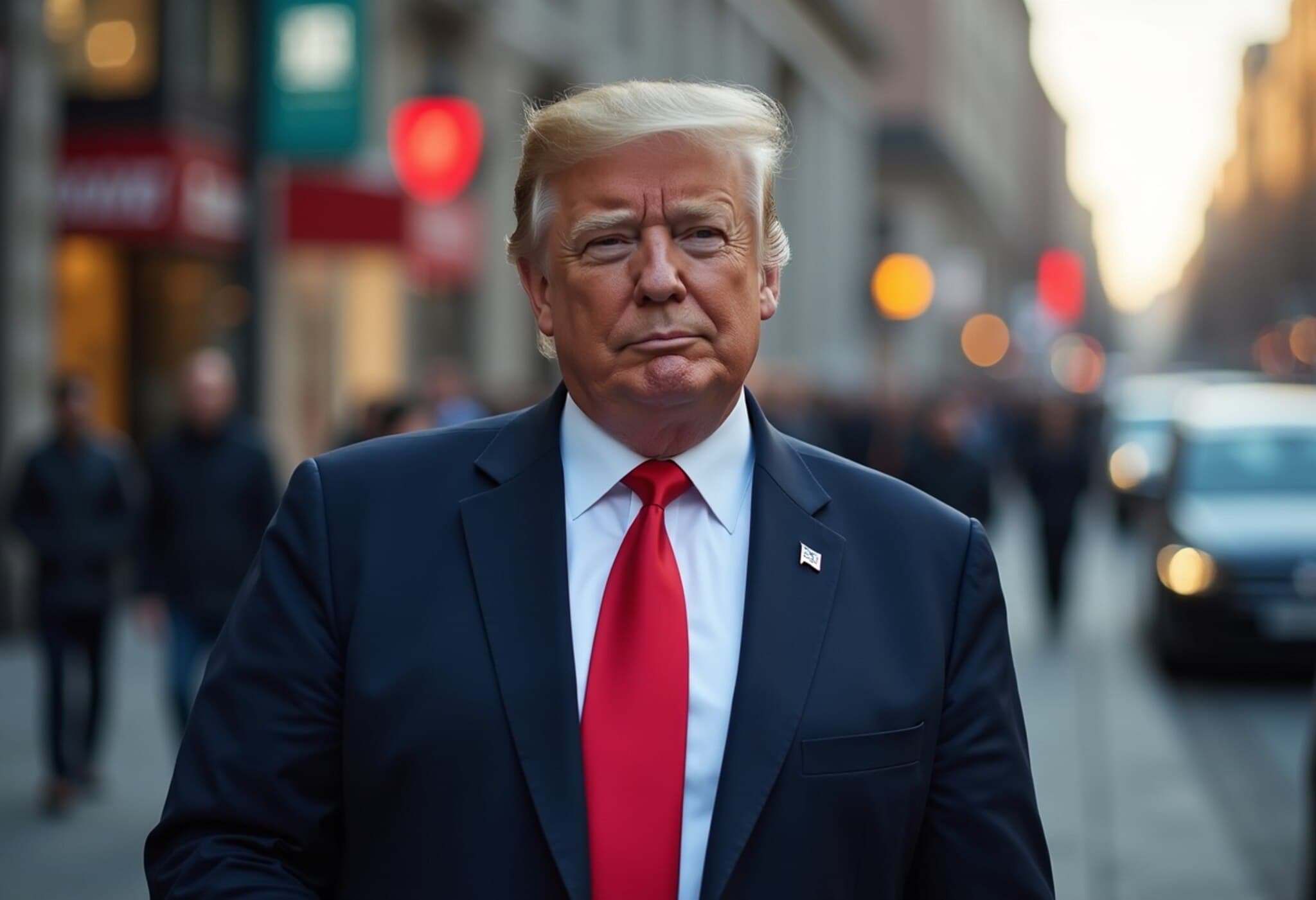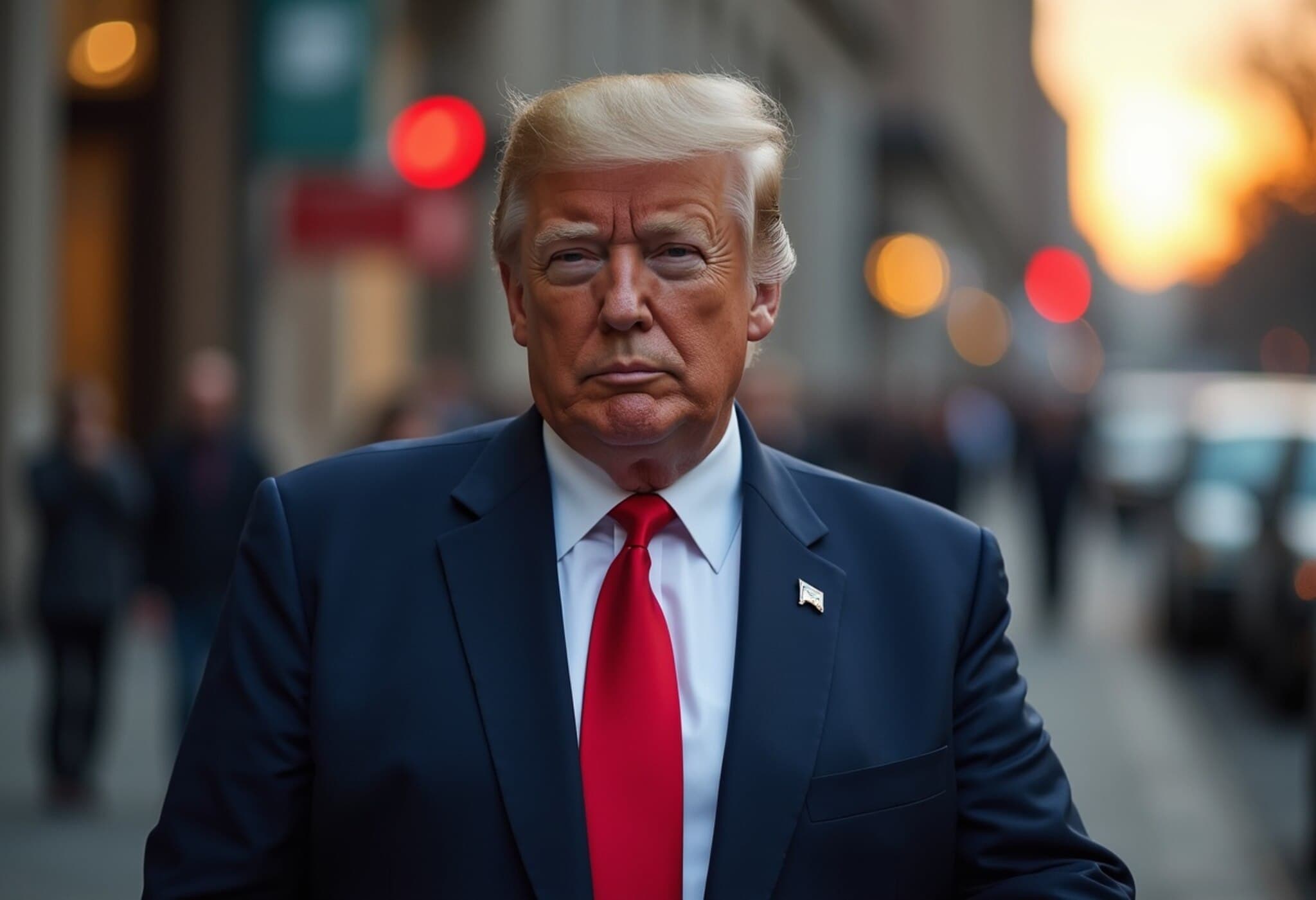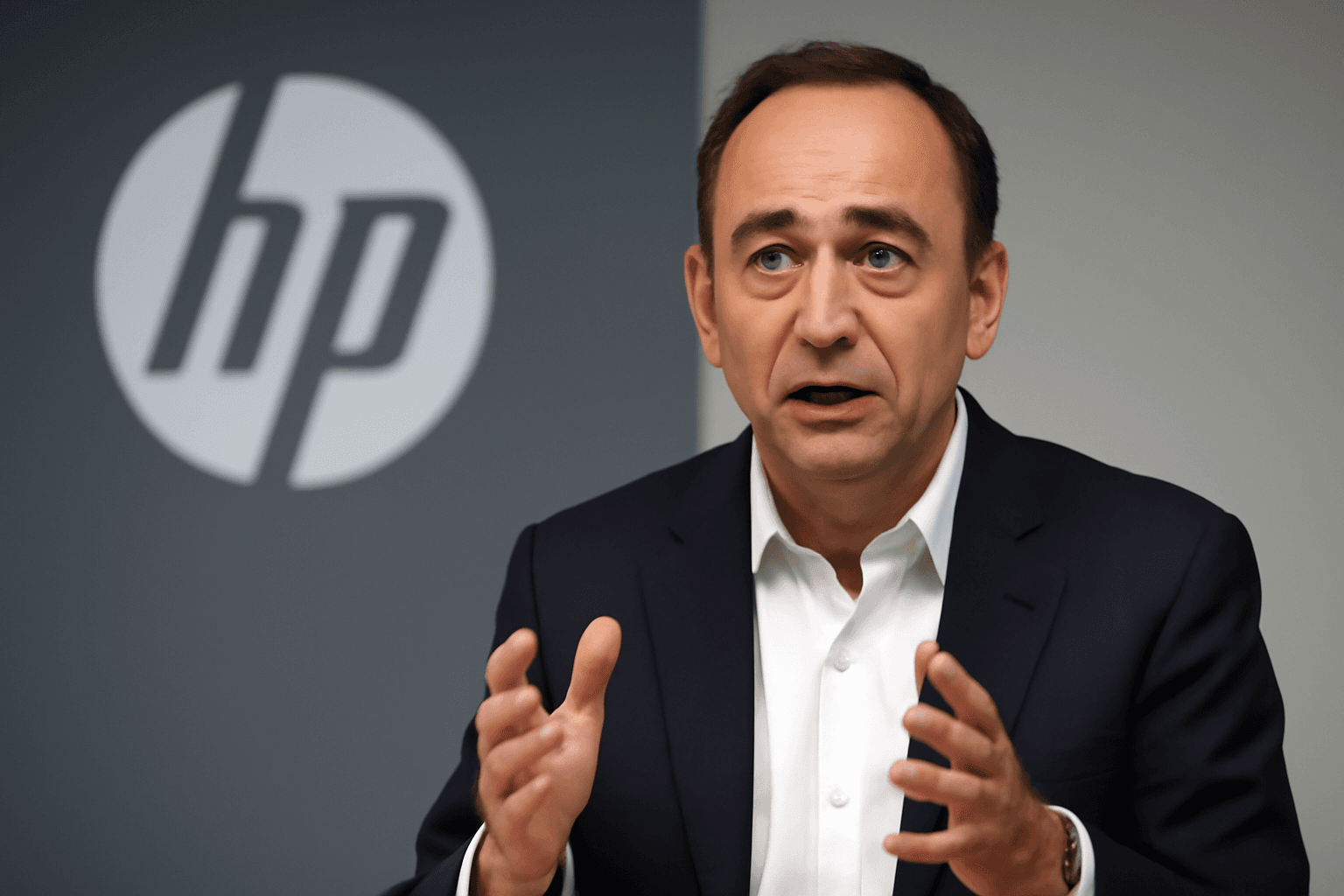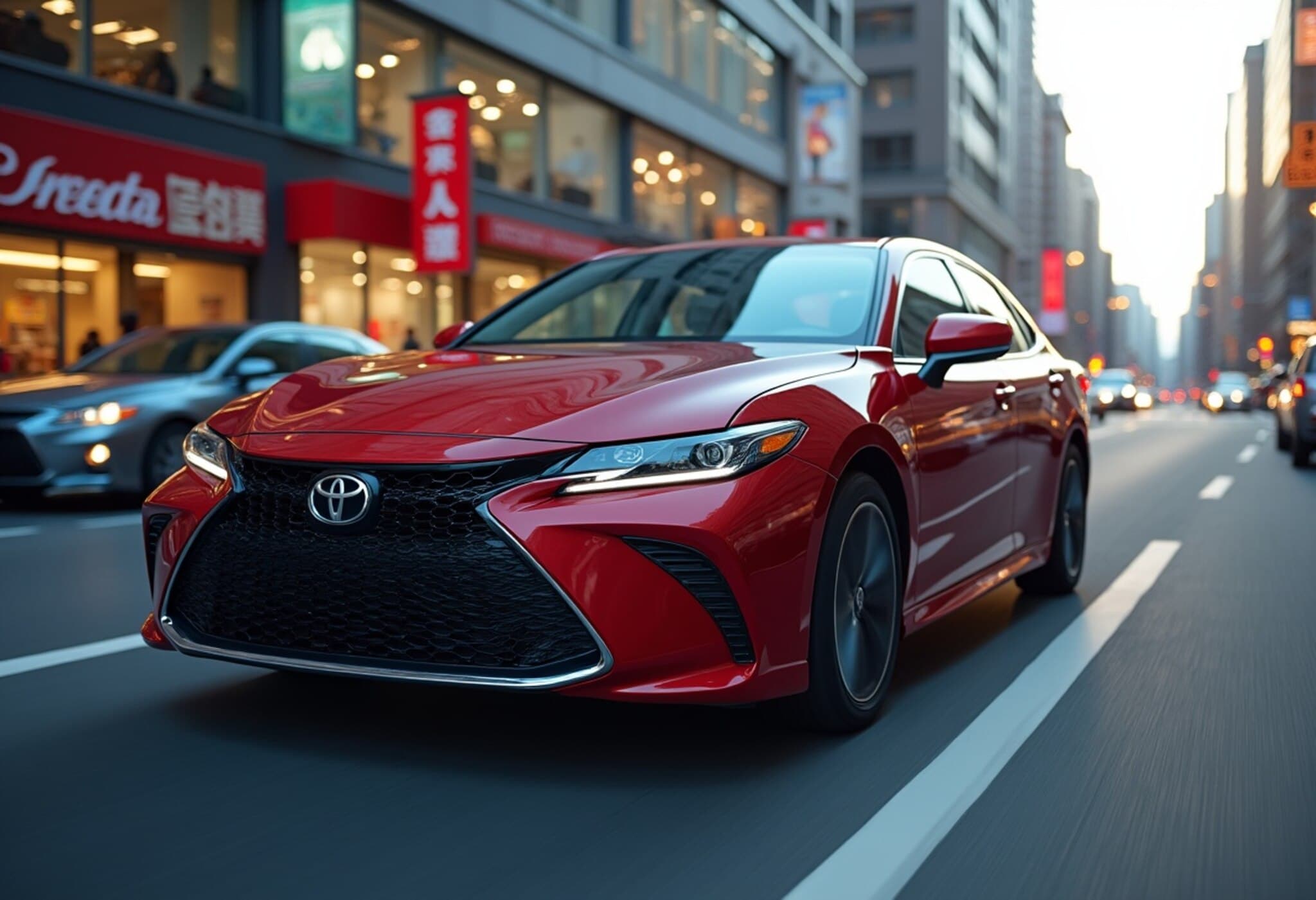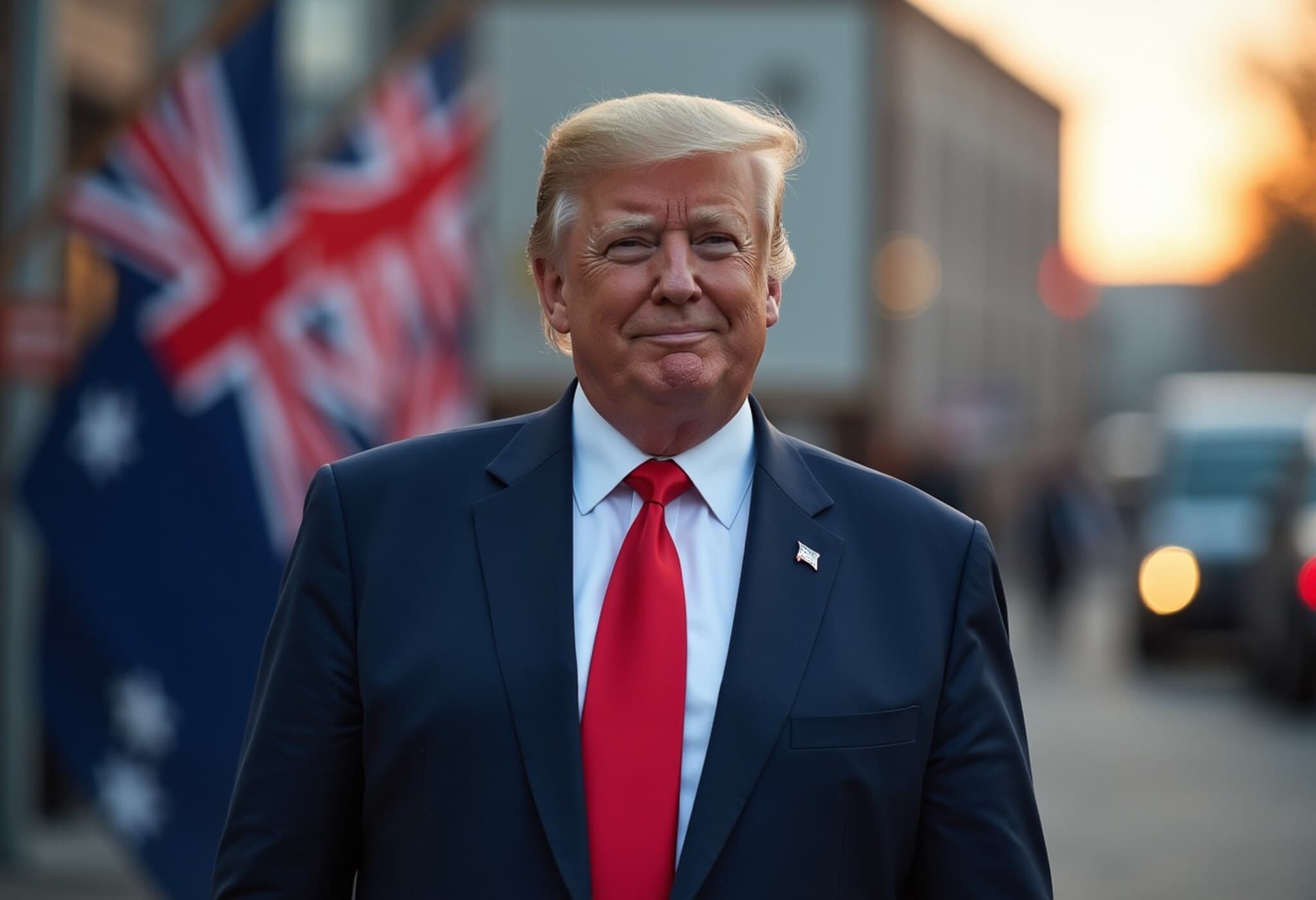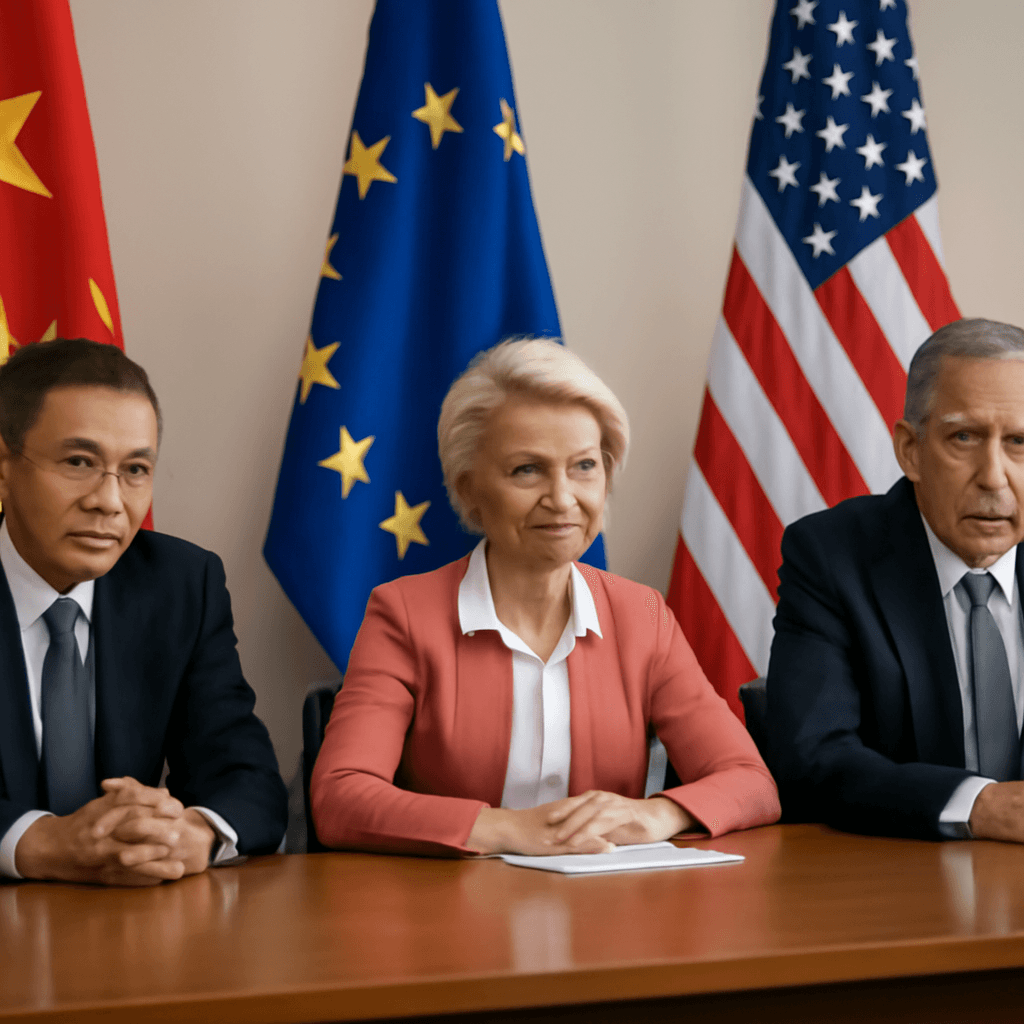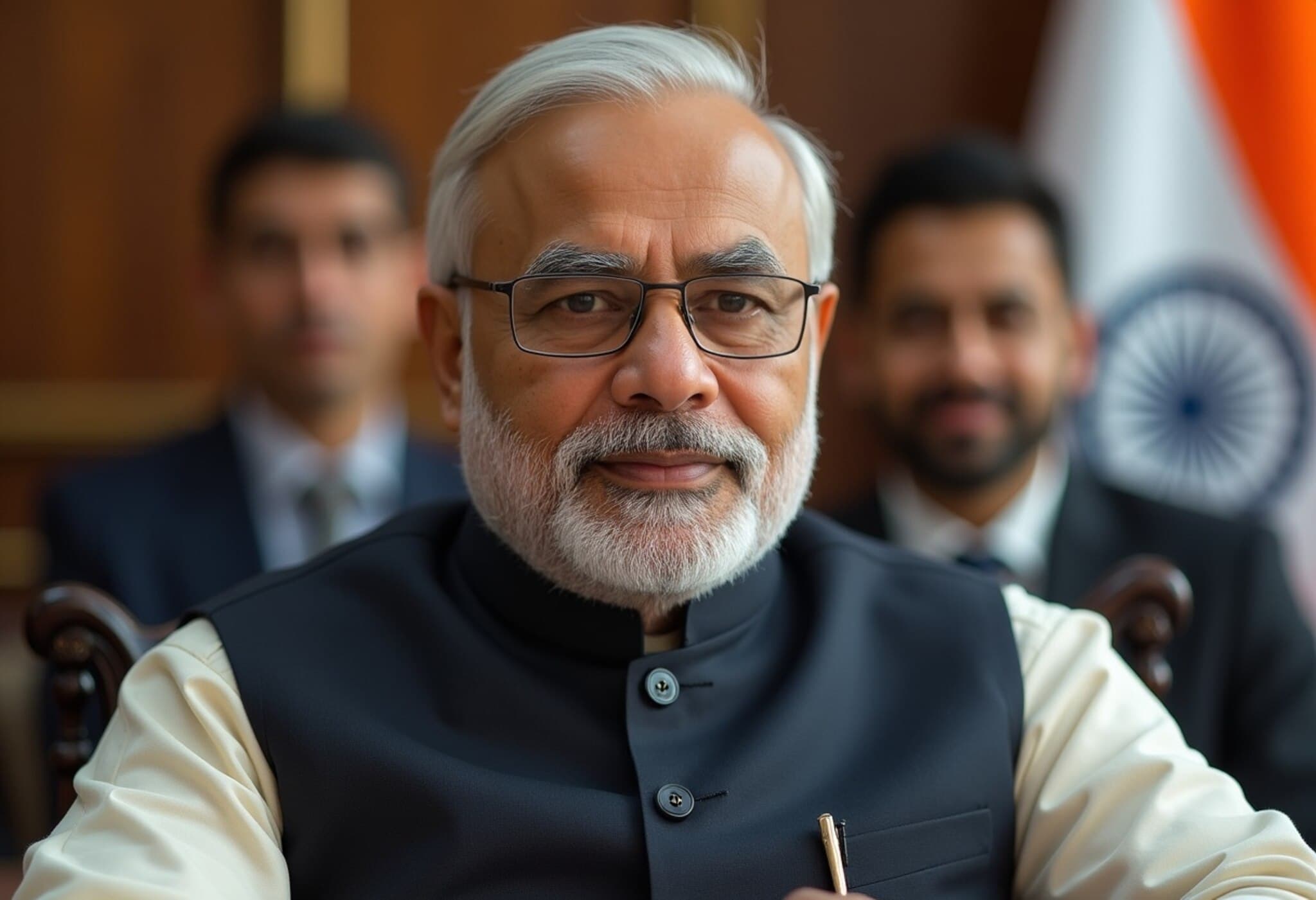US Tariffs Surge Puts India's Auto Parts Exports at Risk
In a significant escalation of trade tensions, former US President Donald Trump’s latest tariff imposition is poised to hit approximately 50% of India’s $7 billion annual auto parts exports. Industry experts warn that this sharp rise in duties could severely disrupt the bilateral auto trade landscape, adding pressure on Indian manufacturers who rely heavily on the US as a top export destination.
Details of the Tariff Increase and Its Reach
Previously, the US enforced a 25% duty on Indian cars, small trucks, and related parts, with lower rates averaging 10% for components like commercial vehicle parts, earth-moving equipment, and tractors. The newest executive order, signed by Trump amid ongoing geopolitical disputes, now escalates tariffs on auto parts up to 50%, especially affecting components exported to the US market.
According to senior industry sources speaking with The Economic Times, nearly half of India’s exports in the auto parts segment—amounting to around ₹61,000 crore ($7 billion)—are caught in the crosshairs of these tariff hikes.
Geopolitical Backdrop: Russia and India’s Oil Imports
This tariff surge is widely viewed as retaliation for India’s continued oil imports from Russia amid the Ukraine conflict. The Trump administration has framed India’s energy dealings as undermining US national security and foreign policy objectives during the declared national emergency related to Russia’s actions in Ukraine.
Economic Implications for India’s Auto Sector
- Heavy Reliance on US Market: The US accounts for nearly 32% of India's auto parts exports, making it the largest single export destination.
- Impact Scope: The tariffs impact a wide range of auto parts across various categories, making the sector vulnerable to sudden cost increases.
- Competitive Disadvantage: Indian auto parts exporters face a steep challenge as these tariffs could price their products out of the US market or force manufacturers to absorb added costs.
- Reciprocal Trade Barriers: Currently, India imposes customs duties between 5-15% on US imports of auto parts, a stark contrast to the 50% tariffs now imposed by the US.
Industry Reactions and Strategic Outlook
Industry executives emphasize that while the US had intended for higher tariffs to incite increased domestic manufacturing and job creation, the immediate fallout for India is disruptive. With no direct vehicle exports to the US, India’s auto parts manufacturers feel the brunt, unlike US competitors who may gain an upper hand.
Experts note the importance of greater dialogue and negotiations to mitigate the fallout. Indian policymakers and industry leaders face tough questions on how to navigate this protectionist pivot amid broader global supply chain uncertainties.
A Broader Lens: Lessons for US-India Trade Relations
This development sheds light on the fragile balancing act of US-India economic ties, where geopolitical conflicts translate directly into trade measures. It underlines the need for robust trade frameworks that can cushion industries from abrupt policy shifts linked to international political events.
Editor’s Note
Trump’s tariff escalation unveils the intricate nexus between geopolitics and global commerce. For India’s auto parts industry—integral to the larger manufacturing ecosystem—this raises pivotal questions: How resilient are India’s export sectors to politically motivated trade shocks? Can India diversify its export markets to reduce dependency on the US? And on the US side, will protectionism translate into the promised domestic job growth, or will it merely disrupt global supply chains without long-term benefits? These questions remain central as the ripple effects unfold.

